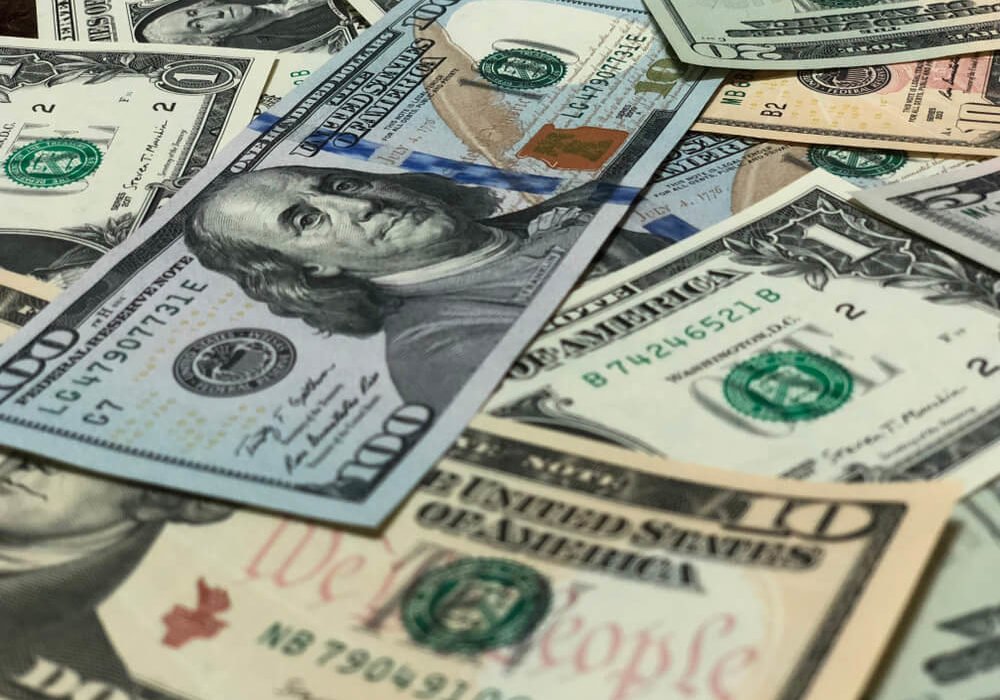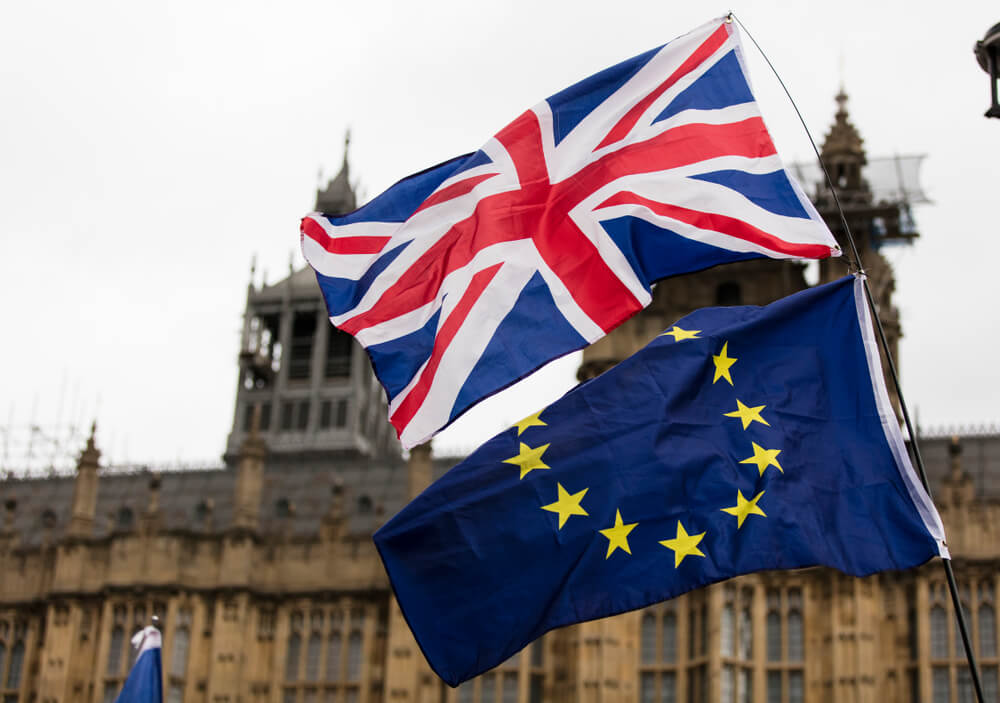New Cases are not yet driving new lockdowns. Nevertheless, investors are unnerved. Against a basket of currencies, the United States dollar touches a three-week peak. New Zealand and Australian dollars stalled.
Renewed worries concerning the second wave of coronavirus infections sent investors into safer assets. Thus, on Monday, commodity currencies were stalled, and the United States dollar touched a three-week high.
Few expect that a spike in case numbers will prompt fresh lockdowns at this point. Thus, moves were modest.
On Sunday, the World Health Organization reported a record increase in global cases. This was especially the case in the Americas, and Apple Inc protectively closed 11 United States stores last week. Thus, there is no immediate cause for optimism either.
The dollar held on to its small gains won last week against a basket of currencies. Before edging back to a flat line, it moved a whisker higher to 97.744.
Dollar, Euro, and Others
Against that New Zealand and Australian dollars, the greenback went marginally lower. Nevertheless, it was steady against the British pound, yuan, and euro.
Per the United States dollar, the yen was firm at 106.92. Thus, it was not far away from the one-month high of 106.58 it hit earlier this month.
Analysts at Barclays said, in a note, that they forecast the FX markets will remain caught between recovering economic indicators and concerns about the second wave of coronavirus infections. This will happen in the week ahead.
Barclays forecasts continued pressure on the New Zealand dollar. Nevertheless, they said there would be possible gains in the euro if PMI (Purchasing Managers Index) data due on Tuesday will beat expectations. Moreover, they recommended investing in euro/dollar pair, with a $1.14 target.
After dipping to a three-week low of $1.1168 in the early trade, the single currency last traded flat at $1.1176. Leaders of the European Union remained divided on how to structure a planned recovery fund for COVID-19.















